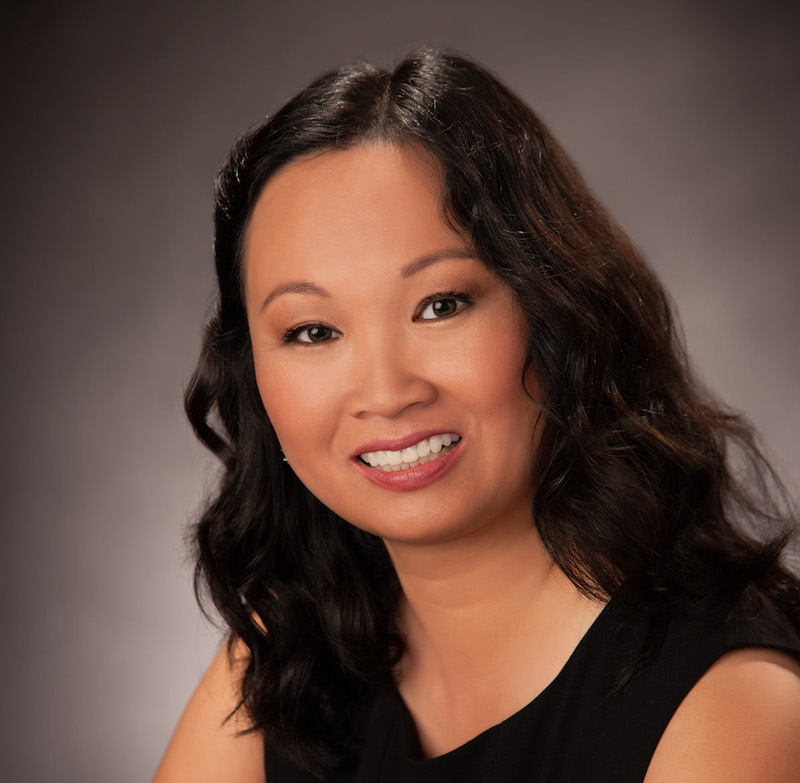Creative Screenwriting Magazine got up close and personal with SreyRam (S.R.) Kuy to discuss being nominated as one of the ISA Top 25 Screenwriters To Watch with her project The Heart Of A Tiger. S.R. graduated from Oregon State University and Yale University. She both pursued careers in medicine, then came full circle to return to their first passion – writing. She hopes to share her mother’s story with the rest of the world and to honor the 2 million lives lost during the Cambodian Genocide.
Describe your unique personal and professional background and the specific project that attracted ISA interest?
I practice medicine by day and write by night. The Heart Of A Tiger is a project long in the making. I started this project in 2008, attending conferences and sessions at film academies when time allowed. The Heart of a Tiger is a labor of love, my mother’s true story.
I submitted the screenplay to The ISA development slate evaluation and was selected for the slate in July of 2018. Then, in December 2018, I was pleasantly surprised that I was selected for The ISA’s Top 25 Award.
The not yet released book has won 5 book awards and the adapted screenplay also did well.
Why did you decide to come back to screenwriting given your careers in medicine?
I’ve always enjoyed writing, but my career paths digressed into medicine. Now I’ve returned to our first passion – writing. My first writing award was in 8th grade, so writing has always been a love of mine.
What personal qualities do successful screenwriters need to make it?
They need to be persistent. No matter the obstacles – stick to it, if it is your passion. Failure is not an option. Some of the most successful writers suffered the most number of rejections before they became recognized for their work.
Talk about your winning script, The Heart Of A Tiger?
I chose to write the book first, then adapt it into a screenplay. I wanted to share with the world the suffering that many endured during the Cambodian Genocide, which killed more than 2 million people and almost extinguished an entire country.
How many drafts did you write before being accepted into the ISA Top 25 list?
I’ve lost track of the number of drafts. The book went through at least 20 drafts, and I’m sure the screenplay went through an equal number of drafts, at the very least.
What did you learn with each draft?
After each draft, I’d leave it for a while, then come back at a later date when inspiration would hit.
What inspires your imagination?
A good book, a good movie, something in the media, a conversation can inspire us. Sometimes inspiration comes at odd hours of the day or night.
Do you have a preferred genre you write in?
No preferences. I like writing for everything – scripts and novels as well. In fact, besides features, I’d also like to write for television, as well as animation. I don’t want to limit ourselves to a particular format or genre.
How do you practice and improve your writing craft?
Conferences and film academies are nice. Reading, lots of reading.
Do you have any mentors, heroes/ heroines?
I admire E.L. James, J.K. Rowling, and Evan Daugherty… for their persistence. They never let past failures dictate their tomorrows. If you read about J.K. Rowling and the hardships she went through before selling her first story, then you’ll understand how much determination it takes to churn out a successful project.
What advice do you have for screenwriters wanting to make next year’s ISA Top 25 list?
The first step is to submit your project for an ISA Development Evaluation. If your project is selected for the Development Slate, it might make it onto The Top 25 list in the following year. And of course, keep entering contests… That is one way of getting noticed. Most of all, never give up on your writing. It takes time and a lot of fine-tuning. It took us 10 years to take our project from scratch to where it is today. And it still has a long ways to go.
What is something that few people know about you?
When I first arrived in the United States as a little girl, the light switch was a novelty, of which I was very afraid of. My mom used to take my hand and force me to turn on the light. It was a painful process and I cried every time. Since then I have learned to tackle many fears, including the fear of failure. If you don’t try, you’ll never know what you are capable of.
